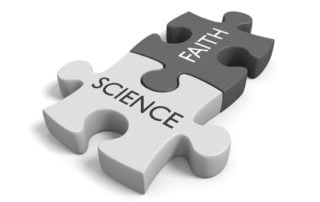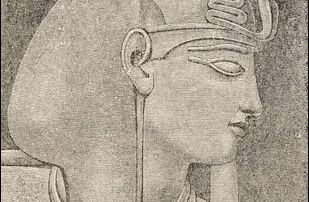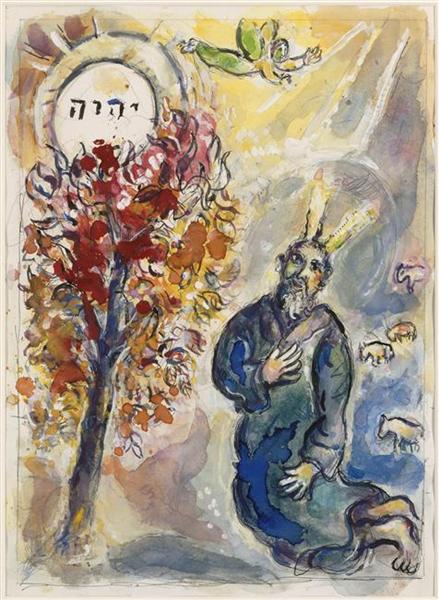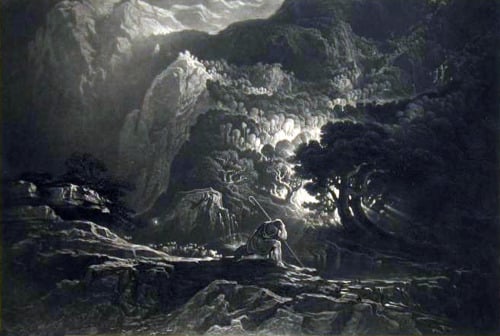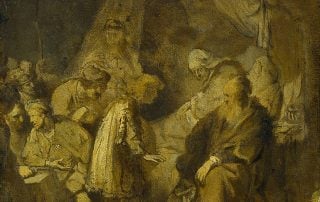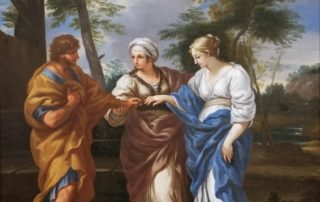Ye Shall be Disentangled
Ye shall be holy, for I, the Lord, your G‑d, am holy. Leviticus 19:2 This Torah portion begins with an astonishing statement: Speak unto all the congregation of the children of Israel, and say unto them: Ye shall be holy; for I, the Lord, your G‑d, am holy. Leviticus 19:2 The gist of this commandment is “Be kadosh (or pl., kedoshim) because I, the Lord, your G‑d, am kadosh.” The question is, what does the word “kadosh” mean. It is usually translated as “holy.” The word “holy” means sacred, sanctified, blessed, divine. But this translation presents a problem. It would be a tautology to say that G‑d is divine. It is also self-understood that G‑d is holy. He is the definition and the source of all that is divine and holy, i.e., godly. [...]


